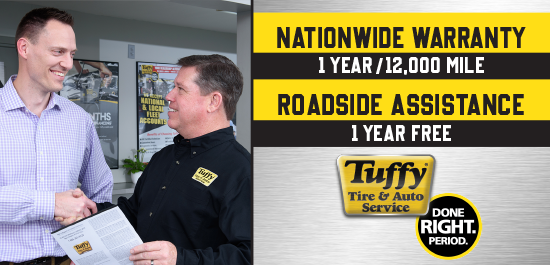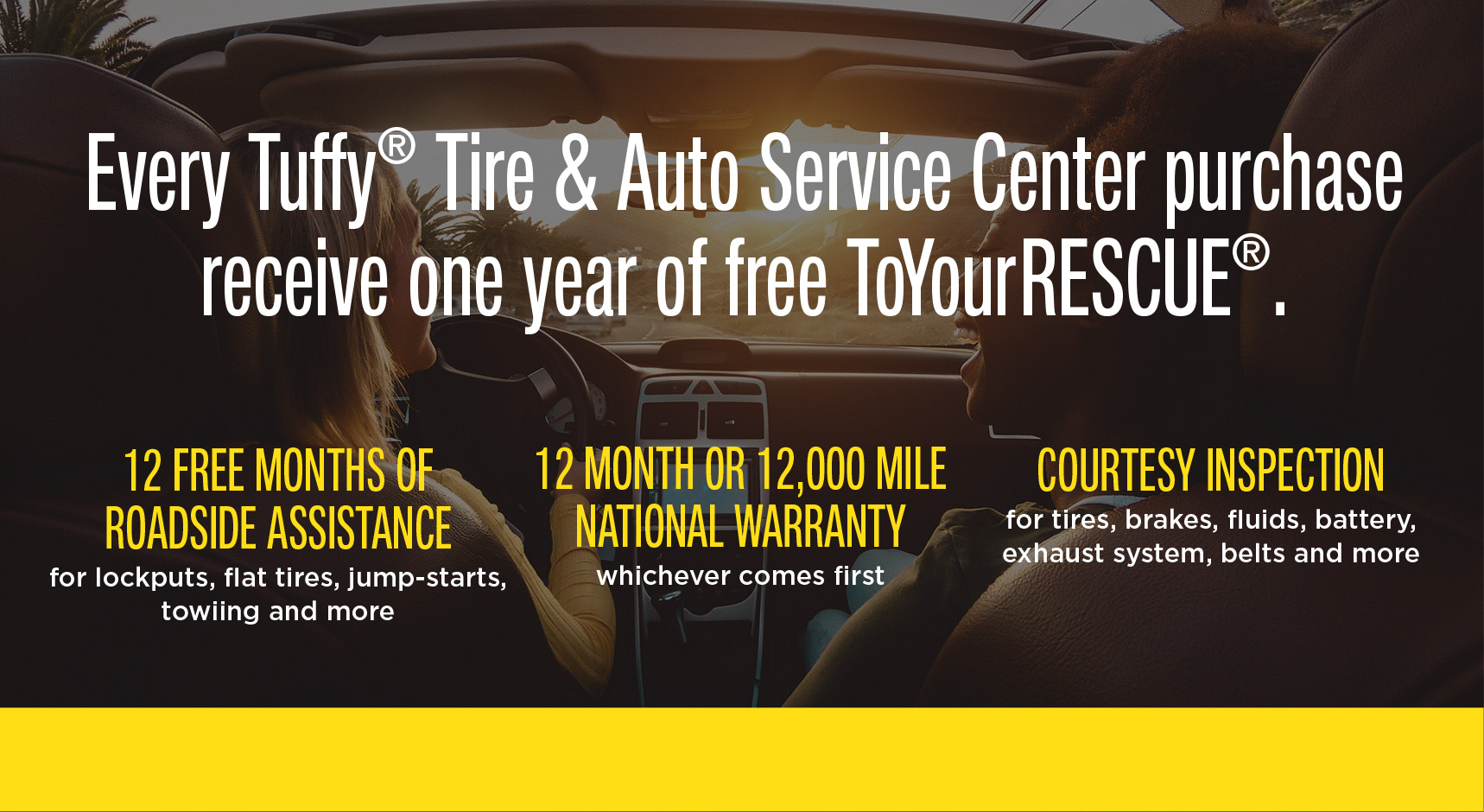| It’s foolhardy to head out in a poorly maintained vehicle in the dead of winter, of course, but even vehicle owners in temperate zones need to consider a fall car-care check, note the pros with the non-profit National Institute for Automotive Service Excellence (ASE), an independent group that tests and certifies the competence of auto technicians. “Regular, routine maintenance can help improve your gasoline mileage, reduce pollution, and catch minor problems before they become big headaches,” says Martin Lawson, ASE’s editorial director. The following tips ASE will give you a road map to fall car care. First things first--Read your owner’s manual and follow the manufacturer’s recommended service schedules. Engine Performance—Get engine driveability problems (hard starts, rough idling, stalling, diminished power, etc.) corrected at a good repair shop. Cold weather makes existing problems worse. Replace dirty filters—air, fuel, PCV, etc. A poorly running engine is less efficient and burns more gasoline. Fuel—Put a bottle of fuel de-icer in your tank once a month to help keep moisture from freezing in the fuel line. Note, too, that a gas tank that’s kept filled helps prevent moisture from forming. Oil—Change your oil and oil filter as specified in your manual—more often if your driving is mostly stop-and-go or consists of frequent short trips. A poll of ASE Master Auto Technicians revealed that regular oil and filter changes is one of the most frequently neglected services, yet one that is essential to protect your engine. Cooling System—The cooling system should be flushed and refilled as recommended. The level, condition, and concentration of the coolant should be checked periodically. (A 50/50 mix of anti-freeze and water is usually recommended.) DIYers, never remove the radiator cap until the engine has thoroughly cooled! The tightness and condition of drive belts, clamps, and hoses should be checked by a pro. Heater/Defroster—The heater and defroster must be in good working condition for passenger comfort and driver visibility. Windshield Wipers—Replace old blades. If your climate is harsh, purchase rubber-clad (winter) blades to fight ice build-up. Stock up on windshield washer solvent—you’ll be surprised how much you use. Carry an ice-scraper. Battery—The only accurate way to detect a weak battery is with professional equipment. Routine care: Scrape away corrosion from posts and cable connections; clean all surfaces; re-tighten all connections. If battery caps are removable, check fluid level monthly. A word of caution: Removal of cables can cause damage or loss of data/codes on some newer vehicles. Check your manual. Be sure to avoid contact with corrosive deposits and battery acid. Wear eye protection and rubber gloves. Lights—Inspect all lights and bulbs; replace burned out bulbs; periodically clean road grime from all lenses. To prevent scratching, never use a dry rag. Exhaust System—Your vehicle should be placed on a lift and the exhaust system examined for leaks. The trunk and floorboards should be inspected for small holes. Exhaust fumes can be deadly. Tires—Worn tires will be of little use in winter weather. Examine tires for remaining tread life, uneven wearing, and cupping; check the sidewalls for cuts and nicks. Check tire pressure once a month. Let the tires “cool down” before checking the pressure. Rotate as recommended. Don’t forget your spare, and be sure the jack is in good condition. Under-inflated tires or poorly aligned wheels makes your engine work harder and thus use excess gasoline. Also have your brakes checked periodically for safety and to prevent costly repairs that can be caused by neglect. Transmission—Often neglected until a major failure, routine checks and fluid changes at prescribed intervals can prevent very costly repairs down the line. Emergencies—Carry gloves, boots, blankets, flares, a small shovel, sand or kitty litter, tire chains, a flashlight, and a cell phone. Put a few “high-energy” snacks in your glove box. The National Institute for Automotive Service Excellence (ASE) was founded in 1972 as a non-profit, independent organization dedicated to improving the quality of automotive service and repair through the voluntary testing and certification of automotive technicians. ASE-certified technicians wear blue and white ASE shoulder insignia and carry credentials listing their exact area(s) of certification. Their employers often display the blue and white ASE sign. For more information, including seasonal car care tips, visit www.ase.com . |
Tuffy
Menu




